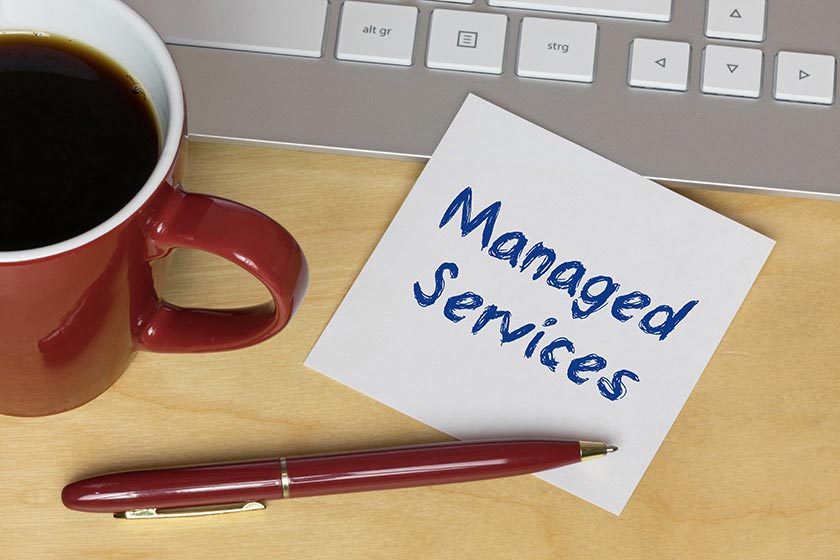How Small Businesses Think About the Cloud
While many IT services providers and their customers – particularly small businesses – are seeing the value of the cloud, some are holding out for a variety of reasons.
Some of the common reasons I hear from providers include:
- I don’t use the cloud myself
- I have no control
- Revenue is too small
- I don’t have experience with enough cloud services
At the same time, many of their own customers are saying things like:
- The cloud isn’t safe
- I don’t have enough control
- I won’t be able to work if the internet is down
- There are too many features I don’t need
- I don’t want all my services with one provider
How Some Services Providers Think
Services providers often sell software without realizing that the software cycle in the cloud is much faster, and the programs are standardized. Their customers don’t ask about cloud because the software cycle works for them. “Do not install software before Service Pack 1 is released” and other old-fashioned opinions are still locked in people’s heads. Looking for new possibilities to make more revenue isn’t always a concern. That’s because many providers still use on-premises servers and programs.
Providers’ technical staff might think they’ll lose their jobs if the manufacturer does things like software updates and installation of new features without their control. And the sales people don’t understand the subscription model. They often think it’s not enough revenue. And so, as time goes on, they continue to avoid using the cloud model, and their sales and technical staff get further behind in the available cloud services.
How Some Customers Think
Meanwhile, customers often think, “The cloud isn’t safe.” These small and mid-size customers, with or without an IT department, haven’t realized the significant security strides cloud providers have made. Yes, some social networks or career portals were hacked—and this kind of news further reinforces the customers’ fears. Also, from a legal perspective, the Safe Harbor agreement was lifted.
“Where is my data stored?” they might think. Data centers often cross geographies that have different regulations, so they think they won’t have control in the cloud. They often don’t own a server—and some of these customers are located where they have only minimal bandwidth.
Another false assumption is that they think they can’t work if their internet connection is down. A better clarification by the provider would help. Meanwhile, there are so many apps and programs, and they think they don’t need them all; the basics, like Word, Excel and Mail are enough. Thanks to poor clarification by Partners, they have not realized that many additional apps may help them to better concentrate on their products or service. IT might help with different tools to work faster and more effectively. Sometimes customers say, “I don’t want all services from one provider.”
On the other hand, many smaller services providers and their customers have also recognized that the cloud has many more advantages, such as:
Scalability – Cloud computing has very low barriers to entry, and facilitates the transition from classical IT systems with very little effort.
Flexibility – With cloud computing, you may be able to work regardless of the location or the technology you will use. Cloud services are web-based and can be used on any device.
Cost savings – No need to own hardware and deal with operating costs, expensive software licenses, and high investment costs.
Security – Cloud computing in data centers is safe, because the providers are investing heavily in ensuring data security and reliability.
Availability – For small and individual businesses, technical procedures are generally too costly. By using multiple secured data centers, cloud computing ensures greater continuity than any other server solution in the enterprise.
Simplicity – Access to cloud services works worldwide, quickly and easily, without any prior knowledge, and without installation. Cloud services are ready to use.
The conclusion for IT services providers?
Here’s the reality: if you use the right service provider, get the right tools for onboarding, sell a solution, build and sell a subscription, and repeat this again and again, then you’ll have more revenue and reach greater success as a Modern MSP.

